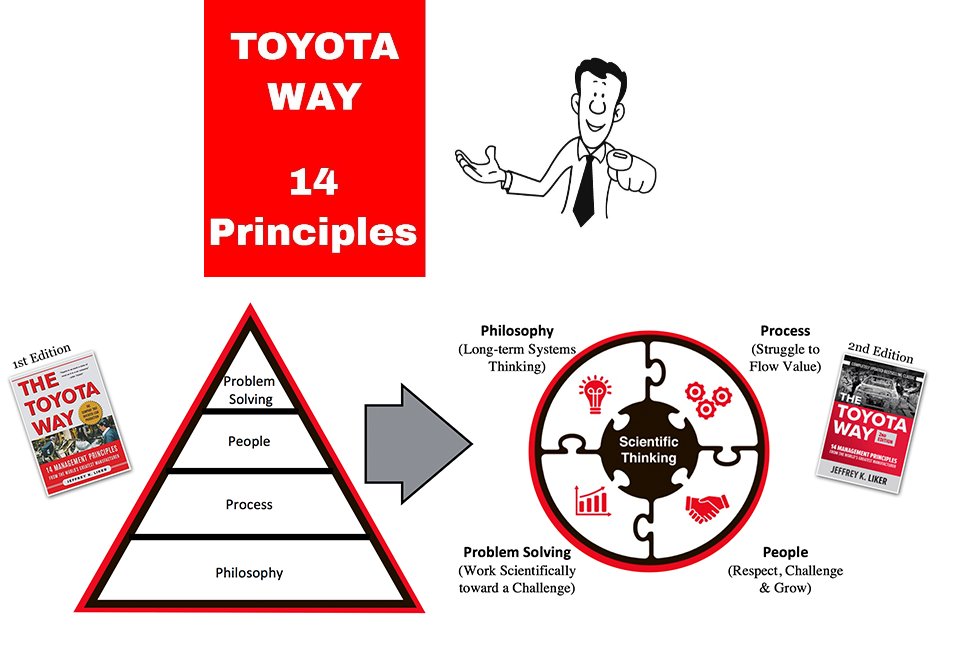
The Toyota Way Management Principles
Last updated: October 21, 2025 Read in fullscreen view
- 02 Nov 2023
 Unlocking Success with The Amoeba Management Model: Key Lessons, Pros & Cons, and Finding the Perfect Fit 160/687
Unlocking Success with The Amoeba Management Model: Key Lessons, Pros & Cons, and Finding the Perfect Fit 160/687 - 10 Nov 2021
 5S methodology - the SECRET to Japanese SUCCESS 134/1726
5S methodology - the SECRET to Japanese SUCCESS 134/1726 - 09 Sep 2022
 Kaizen, Kaikaku and Kakushin – what’s the difference? 82/2897
Kaizen, Kaikaku and Kakushin – what’s the difference? 82/2897 - 24 Nov 2022
 Genba Genbutsu Genjitsu (3Gs), (Go to the Genba & see for yourself!) 69/2904
Genba Genbutsu Genjitsu (3Gs), (Go to the Genba & see for yourself!) 69/2904 - 01 Dec 2023
 What is Amoeba Management? 59/897
What is Amoeba Management? 59/897 - 01 Apr 2022
 Ishikawa (fishbone) diagram in software project management 37/3034
Ishikawa (fishbone) diagram in software project management 37/3034 - 15 Apr 2022
 Total Quality Management (TQM) - Japanese-style management approach to quality improvement. 17/628
Total Quality Management (TQM) - Japanese-style management approach to quality improvement. 17/628 - 17 Mar 2023
 Reduce waste in software development with 3M model: Muda, Mura, Muri 17/860
Reduce waste in software development with 3M model: Muda, Mura, Muri 17/860 - 04 Mar 2024
 Tree Ring Management: Take the Long Term View and Grow Your Business Slowly 15/374
Tree Ring Management: Take the Long Term View and Grow Your Business Slowly 15/374 - 27 Aug 2022
 Kaizen - Culture of Continuous Improvement and Lean Thinking 13/705
Kaizen - Culture of Continuous Improvement and Lean Thinking 13/705 - 13 Jul 2022
 Applying the business mantra "HORENSO" to Achieve 360-degree Communication 12/813
Applying the business mantra "HORENSO" to Achieve 360-degree Communication 12/813 - 09 Sep 2022
 What is 5 Whys (Five Whys)? 12/861
What is 5 Whys (Five Whys)? 12/861 - 02 Feb 2022
 Yokoten: Best Practice Sharing from a success 12/1284
Yokoten: Best Practice Sharing from a success 12/1284 - 03 Jan 2024
 What is the Ringi process? 12/876
What is the Ringi process? 12/876 - 12 Dec 2024
 Danshari: A Japanese Minimalist Philosophy for Cleaner Code and Leaner IT Operations 10/22
Danshari: A Japanese Minimalist Philosophy for Cleaner Code and Leaner IT Operations 10/22 - 12 Oct 2022
 14 Common Reasons Software Projects Fail (And How To Avoid Them) 10/504
14 Common Reasons Software Projects Fail (And How To Avoid Them) 10/504 - 29 Aug 2022
 Difference between Kaizen and Innovation 9/793
Difference between Kaizen and Innovation 9/793 - 21 Sep 2023
 Abraham Wald and the Missing Bullet Holes 9/598
Abraham Wald and the Missing Bullet Holes 9/598 - 15 Jul 2022
 Hansei Methodology: Continuously Engaging People in Improvement 8/646
Hansei Methodology: Continuously Engaging People in Improvement 8/646 - 29 Nov 2021
 Memorandum of Understanding (MOU) for Partnership Agreements 7/470
Memorandum of Understanding (MOU) for Partnership Agreements 7/470 - 10 Dec 2021
 What is a Kano Analysis? 6/810
What is a Kano Analysis? 6/810 - 13 Oct 2021
 Outsourcing Software Development: MVP, Proof of Concept (POC) and Prototyping. Which is better? 6/424
Outsourcing Software Development: MVP, Proof of Concept (POC) and Prototyping. Which is better? 6/424 - 28 Jul 2022
 POC, Prototypes, Pilots and MVP: What Are the Differences? 6/606
POC, Prototypes, Pilots and MVP: What Are the Differences? 6/606 - 31 Aug 2022
 What are the best practices for software contract negotiations? 5/215
What are the best practices for software contract negotiations? 5/215 - 19 Sep 2022
 Jidoka in Software Development and Odoo ERP/MRP 5/466
Jidoka in Software Development and Odoo ERP/MRP 5/466 - 05 Mar 2021
 How do you minimize risks when you outsource software development? 5/317
How do you minimize risks when you outsource software development? 5/317 - 07 Oct 2025
 Case Study: Using the “Messaging House” Framework to Build a Digital Transformation Roadmap 5/45
Case Study: Using the “Messaging House” Framework to Build a Digital Transformation Roadmap 5/45 - 12 Dec 2021
 Zero Sum Games Agile vs. Waterfall Project Management Methods 4/374
Zero Sum Games Agile vs. Waterfall Project Management Methods 4/374 - 04 Oct 2022
 Which ERP implementation strategy is right for your business? 4/278
Which ERP implementation strategy is right for your business? 4/278 - 06 Jun 2022
 HEIJUNKA: The art of leveling production 4/481
HEIJUNKA: The art of leveling production 4/481 - 20 Dec 2021
 What is Hybrid Mobile App Development? 3/313
What is Hybrid Mobile App Development? 3/313 - 18 Jul 2021
 How To Ramp Up An Offshore Software Development Team Quickly 3/516
How To Ramp Up An Offshore Software Development Team Quickly 3/516 - 06 Dec 2024
 Steps For Integrating Sustainable Practices Into Business Operations 3/114
Steps For Integrating Sustainable Practices Into Business Operations 3/114 - 05 Sep 2023
 The Cold Start Problem: How to Start and Scale Network Effects 3/167
The Cold Start Problem: How to Start and Scale Network Effects 3/167 - 01 Dec 2023
 Laws of Project Management 3/249
Laws of Project Management 3/249 - 07 Mar 2023
 Japan’s Unusual Farming Strategy: Renting Land and Leaving It Fallow for 5 Years — Here’s the Truth… 2/31
Japan’s Unusual Farming Strategy: Renting Land and Leaving It Fallow for 5 Years — Here’s the Truth… 2/31 - 07 Dec 2023
 The Myths Of Requirements 2/203
The Myths Of Requirements 2/203 - 01 May 2024
 Warren Buffett’s Golden Rule for Digital Transformation: Avoiding Tech Overload 2/188
Warren Buffett’s Golden Rule for Digital Transformation: Avoiding Tech Overload 2/188 - 26 Sep 2024
 Successful Project Management Techniques You Need to Look Out For 2/368
Successful Project Management Techniques You Need to Look Out For 2/368 - 28 Oct 2022
 Build Operate Transfer (B.O.T) Model in Software Outsourcing 2/361
Build Operate Transfer (B.O.T) Model in Software Outsourcing 2/361 - 04 Oct 2021
 Product Validation: The Key to Developing the Best Product Possible 2/295
Product Validation: The Key to Developing the Best Product Possible 2/295 - 07 Nov 2022
 Why Design Thinking can save the outsourcing industry 2/168
Why Design Thinking can save the outsourcing industry 2/168 - 01 Jan 2023
 How To Use Poka-Yoke (Mistake Proofing) Technique To Improve Software Quality 2/589
How To Use Poka-Yoke (Mistake Proofing) Technique To Improve Software Quality 2/589 - 28 Oct 2025
 The Future of Real Estate: Key Trends and Essential Lessons in Digital Transformation 1/10
The Future of Real Estate: Key Trends and Essential Lessons in Digital Transformation 1/10 - 12 Aug 2024
 Understanding Google Analytics in Mumbai: A Beginner's Guide 1/84
Understanding Google Analytics in Mumbai: A Beginner's Guide 1/84 - 06 Mar 2024
 [SemRush] What Are LSI Keywords & Why They Don‘t Matter /131
[SemRush] What Are LSI Keywords & Why They Don‘t Matter /131 - 09 Sep 2024
 How AI Rewriting Can Improve Your Content’s SEO Performance /140
How AI Rewriting Can Improve Your Content’s SEO Performance /140 - 12 Sep 2024
 Be Water, My Friend: Fluidity, Flow & Going With the Flow /149
Be Water, My Friend: Fluidity, Flow & Going With the Flow /149 - 12 Mar 2022
 The u-Japan concept /234
The u-Japan concept /234 - 02 Apr 2022
 Productivity vs. Efficiency – What Are the Differences? /196
Productivity vs. Efficiency – What Are the Differences? /196 - 01 Jun 2020
 Japan Business Review (JBR) /277
Japan Business Review (JBR) /277 - 19 Oct 2021
 Software development life cycles /628
Software development life cycles /628 - 10 Nov 2021
 Automated QA Outsourcing – Hire a Professional Software Testing Team /514
Automated QA Outsourcing – Hire a Professional Software Testing Team /514
Lean principles are based largely on studies of the Toyota Production System (TPS) from the early 1980s and influence manufacturing and service organizations across the world today. Read on to learn about the Toyota Way Management Principles.
In 2001, the Toyota Motor Corporation summed up their philosophy, principles, and values in an internal document they referred to as, “the Toyota Way 2001.” The document expanded upon TPS with additional leadership and management practices that have made Toyota one of the most respected companies worldwide. Author Jeff Liker visited Toyota and summarized these principles in his 2004 book, The Toyota Way: 14 Management Principles. The book covers Toyota’s history, successes, and ideas with many great Toyota case studies. This post will focus on summarizing Toyota’s 14 Principles. How many of these principles are followed by your Lean organization?
Principle 1: Base your management decisions on a long-term philosophy, even at the expense of short-term financial goals.
Focus on doing what is right for your employees and your customer. This will lead to positive results over time. Don’t get caught up in chasing share price or short-term targets.
Principle 2: Create continuous process flow to bring problems to the surface.
Lean focuses on improvement through waste reduction. Toyota realized that striving for continuous flow forces a reduction in buffers, such as inventory and just-in-case production. A great way to identify wastes in a process is by asking the question, “what prevents this process from using a continuous process?” Write down the answers you hear as they will be wastes.
Principle 3: Use pull systems to avoid overproduction.
Only complete work in response to a signal (Kanban) if pure flow is not possible. Pull systems are typically preferable to push systems since they minimize inventory, overproduction and waste.
Principle 4: Level out the workload (heijunka).
Eliminating waste (muda) is a typical first step in Lean. However, it is critical to also even out the work (mura) and reduce overburden on the workers (muri). Heijunka is a Japanese term for the leveling of output by both volume and mix. For example, if customers have ordered 5 product A and 4 product B it would be common to produce in the sequence AAAAABBBB. Toyota would use heijunka to instead produce in the sequence ABABABABA.
Principle 5: Build a culture of stopping to fix problems, to get quality right the first time.
Toyota understands the high cost of poor quality and empowers employees to “stop the line” when they experience a problem. A signal (andon) shows leaders where the problem is so it can be addressed immediately. Note that Toyota designs their process in segments with small buffers between each segment. Most issues are corrected in the 5-10-minute buffer time and do not shut down the full line.
Principle 6: Standardized tasks are the foundation for continuous improvement and employee empowerment.
When you begin to improve a process you must agree upon a standard method. Then allow employees to try out changes that improve upon that standard. Incorporate what works into the new standard, and train coworkers on the improved process. Require that all employees use this same improved process going forward.
Principle 7: Use visual control so no problems are hidden.
Use 5S methods to standardize and optimize the work area and design simple visual systems at the place where the work is done. This will support flow and pull. For example, place a sign in a storage cabinet that shows what inventory should be located on each shelf. Another example of this principle is the A3 Improvement report, which captures an entire project on one piece of paper.
Principle 8: Use only reliable, thoroughly tested technology that serves your people and processes.
Work out a process manually before adding technology since new technology is often unreliable and difficult to standardize, therefore endangering the flow if not implemented correctly. Reject or modify technologies that conflict with your culture or that might disrupt stability, reliability, and predictability. Use technology to support people, not to replace people.
Principle 9: Grow leaders who thoroughly understand the work, live the philosophy, and teach it to others.
Grow leaders from within, rather than buying them from outside the organization. Your leaders must be role models of the organization’s philosophy and understand the daily work so that he or she can be a great teacher. These leaders will be respected and most effective.
Principle 10: Develop exceptional people and teams who follow your company’s philosophy.
Respect for people is a key pillar of the Toyota Way management principles and Lean thinking, yet many Lean organizations do not emphasize this enough. Invest in your people. Committed employees will show up and work hard at completing and improving their job every day. As Toyota trainer and author Shigeo Shingo once said, “management must learn to shift their attention from fighting fires that should not be there to developing better people and processes.”
Principle 11: Respect your extended network of partners and suppliers by challenging them and helping them improve.
Have respect for your partners and suppliers and treat them as an extension of your business. They really are when you expand your value stream map! Value them and challenge them to grow and develop. It is great to set challenging targets, but be sure to assist your partners and suppliers in achieving them.
Principle 12: Go and see for yourself to thoroughly understand the situation (genchi genbutsu).
Solve problems and improve processes by going to the source to personally observe and verify data and facts. Even high-level managers and executives should go and see things for themselves. That way they will have more than a superficial understanding of the organization’s operations.
Principle 13: Make decisions slowly by consensus, thoroughly considering all options; implement decisions rapidly (nemawashi).
Nemawashi is the process of discussing problems and potential solutions with all of those affected, to collect their ideas and get an agreement on a path forward. This consensus process, though time-consuming, helps broaden the search for solutions. Once a decision is made, the stage is set for rapid implementation. This principle is like the concept Jim Collins identified in Good to Great and describes in Great by Choice of firing bullets, then cannonballs.
Principle 14: Become a learning organization through relentless reflection (hansei) and continuous improvement (kaizen).
Establish a stable process, use continuous improvement tools to determine the root cause of inefficiencies, and apply effective countermeasures. Use hansei (reflection) to openly identify all the weaknesses in your process and yourself. Now, become energized to implement countermeasures that will avoid those mistakes in the future. The goal is to develop a culture that encourages individual and team experimentation to learn what makes a process better.






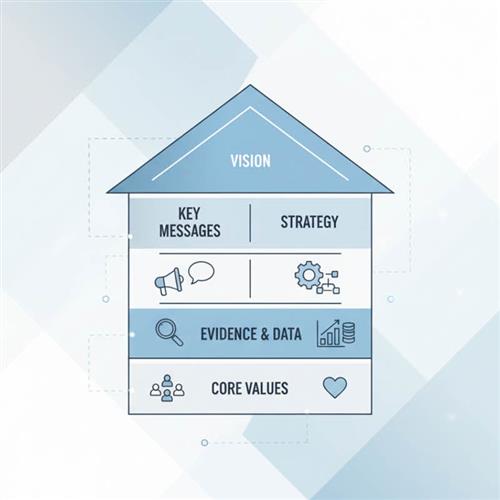
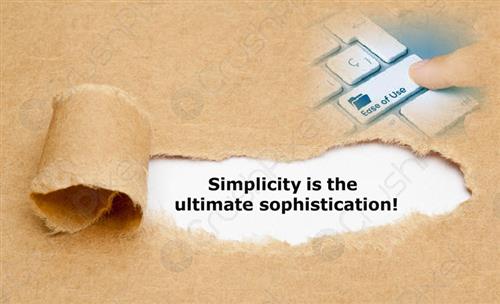
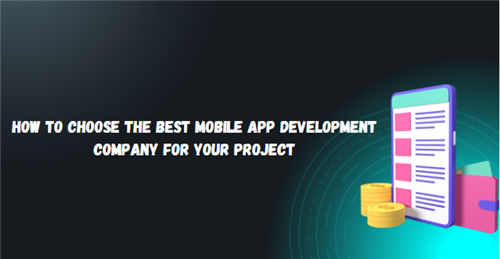



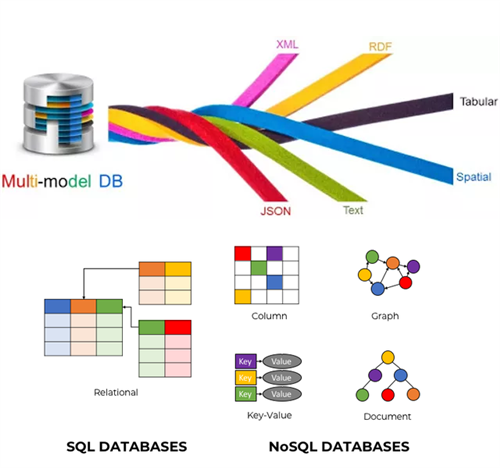

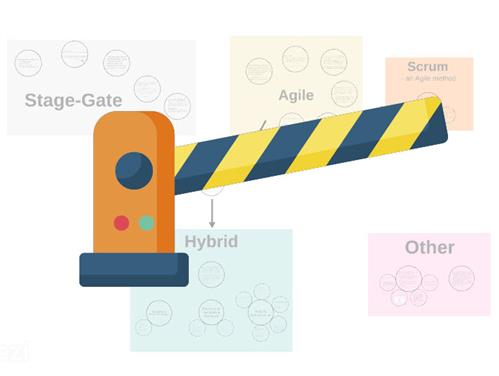
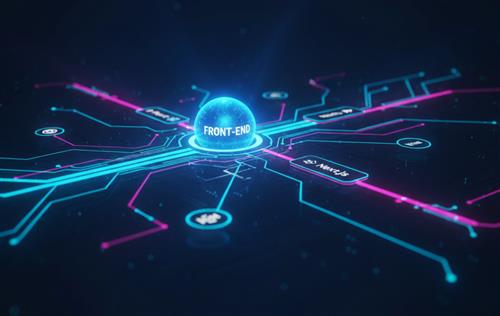
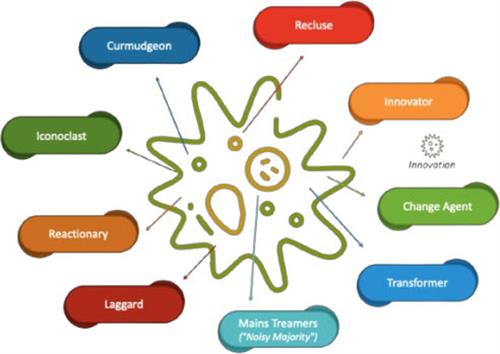
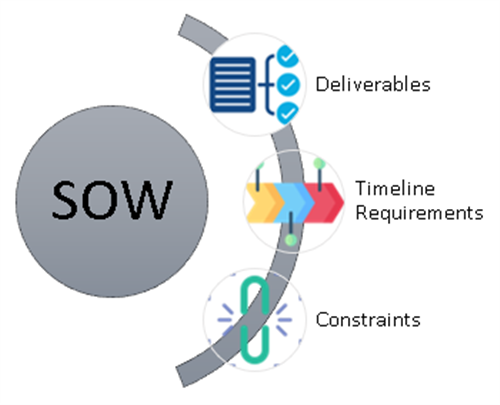

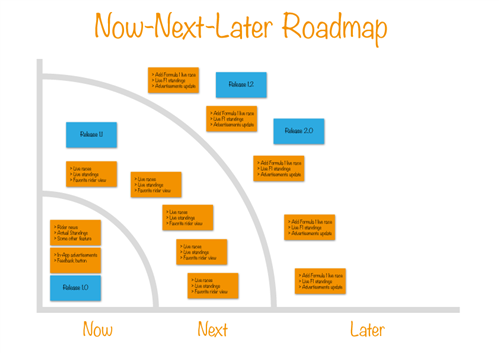
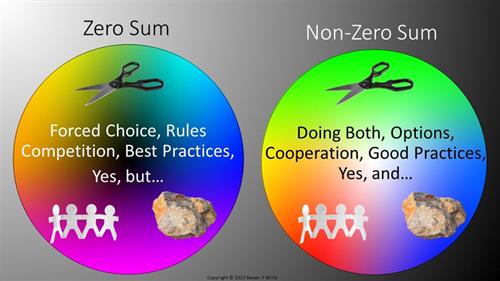


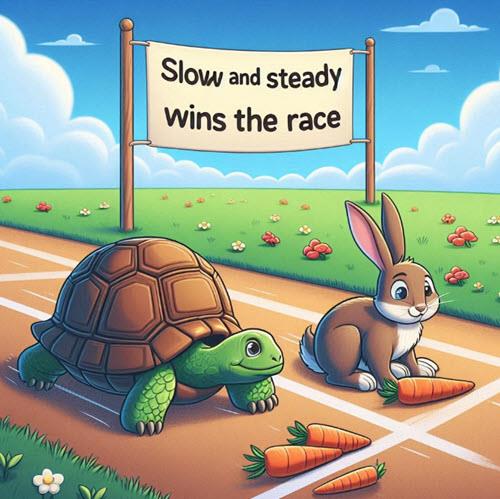

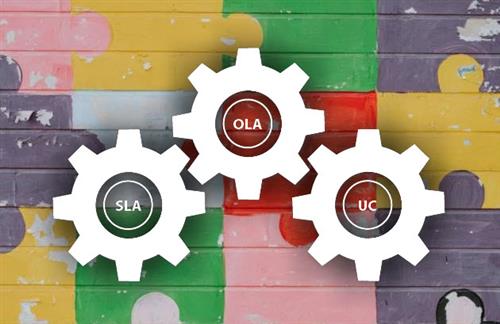









 Link copied!
Link copied!